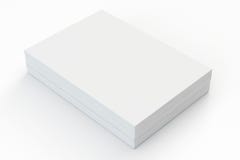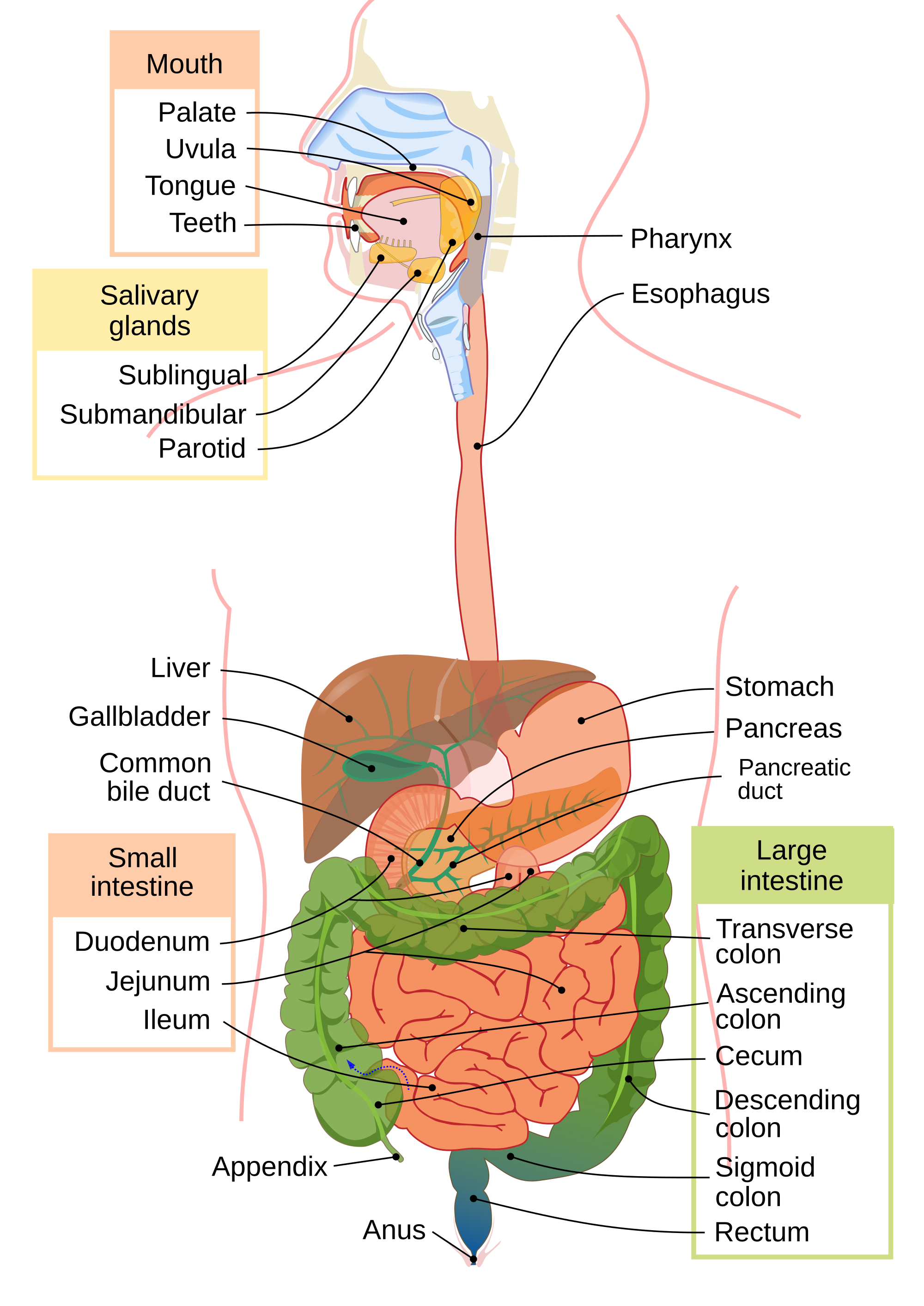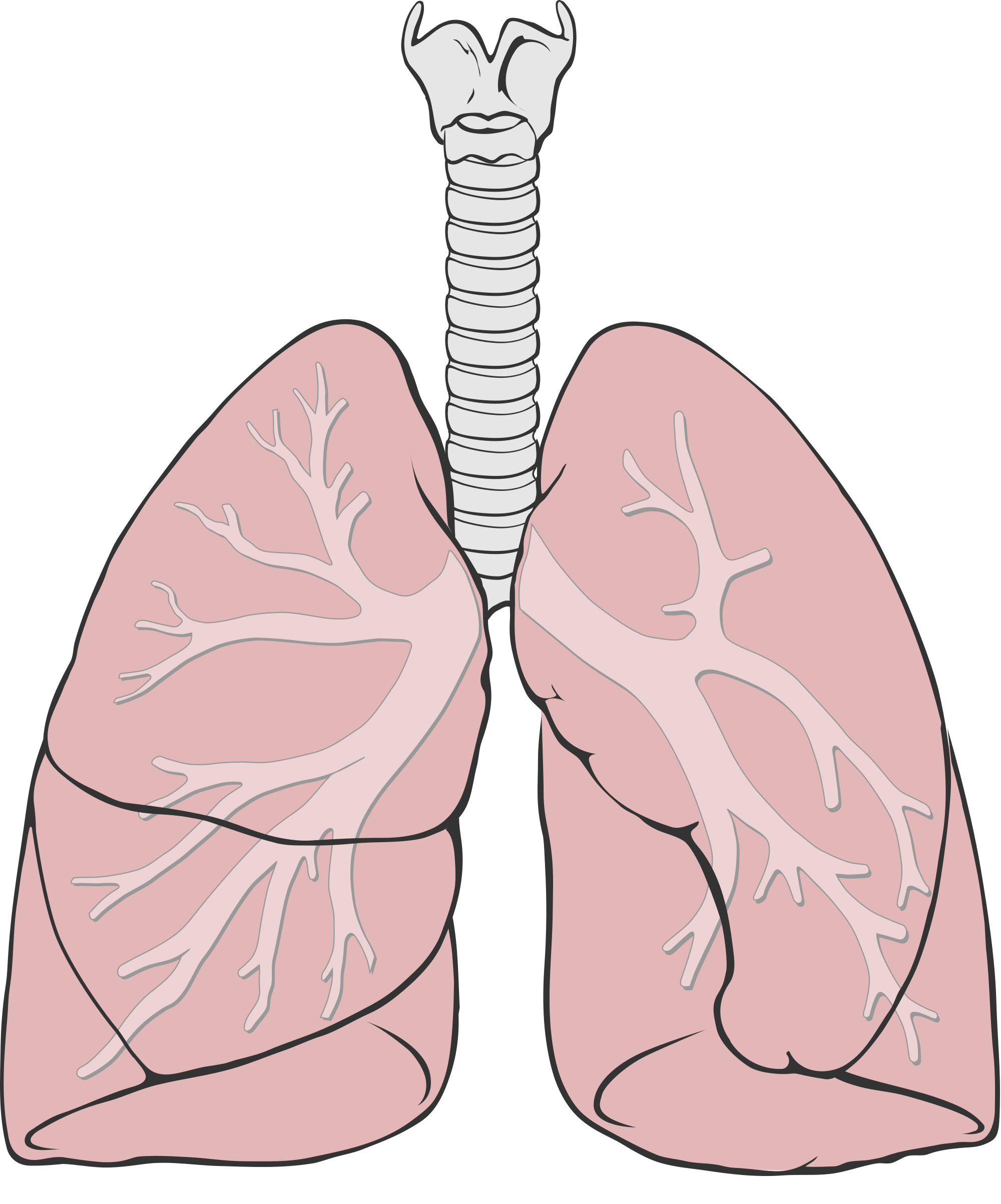Have you ever wondered what makes you, you. Lets go back to before you were born. You parents each have traits. Like their hair color, eye color, and other things. All of these traits make up what they look like on the outside. You have inherited these traits from your parents when you where born. If we go awhile back in the 1800 till then nobody knew about genetic. This one man named Gregor Mendel discovered genetics. He found out that genetics made you who you were. Gregor Mendel grew pea plants in his backyard. Now if we studied pea plants we would notice they have different looks. These are because of traits. Traits are notable characteristics. Every gene has two geneotypes or possible traits. Their is a dominant = D and a recessive trait = d. Possible pairings are DD, Dd or dd. Your parents each have a set of traits. They contain recessive and dominants traits. They pass you half of their traits. That is how you got yours. Lets say your mom has brown hair = h and your dad has Black hair = H. Now you have brown hair. That means you mom had to have a pairing of hh and your dad had Hh so know you have hh. A better way to organize this is a punnet square.
A Punnet square is a way of organizing the genotypes of your parents and showing the possible outcomes of you and your traits. Lets say your mom had brown and your dad had black hair. You would start by drawing your everyday square.
Then you would split the square into four different parts.
Then you would fill out the out side of the square by putting your dads Genotypes on the top one above each box and your moms genotypes along the sides one letter next to each box.
Then you would drop down the big H and little h from your dad into the squares below and move the two little h's across into the squares next to it.
And thier you have it those are the possibilities that you will have brown or black hair. The ratio is 2:2 so you have a 50% chance of getting brown and 50% chance of getting black. So basically you get the genes and traits that you have through heredity and your parents.
S&EP
SP4
We created punnet graphs to show the animals traits. We also did punnet squares to make the baby bunnies traits and to show the possible out comes and choose which out come we wanted them to have that went with the instructions.














.png)










